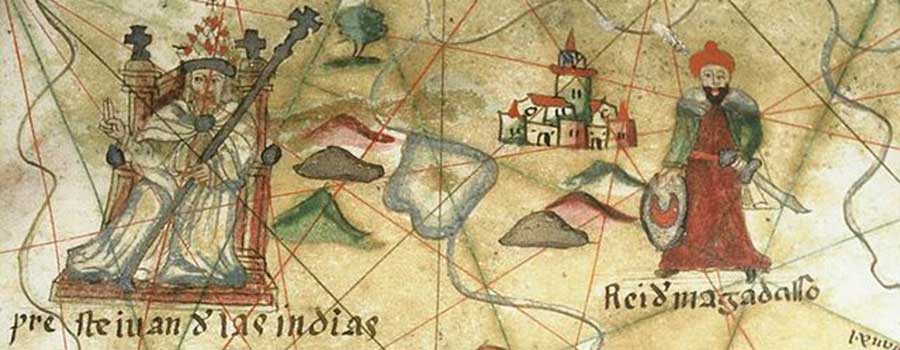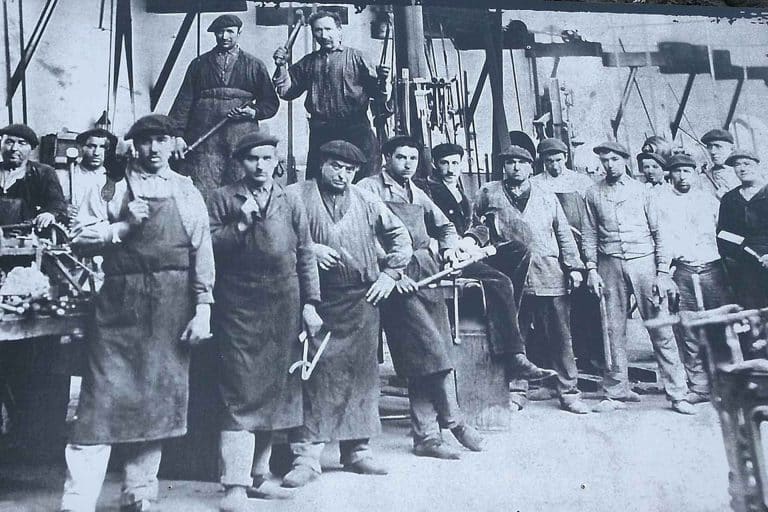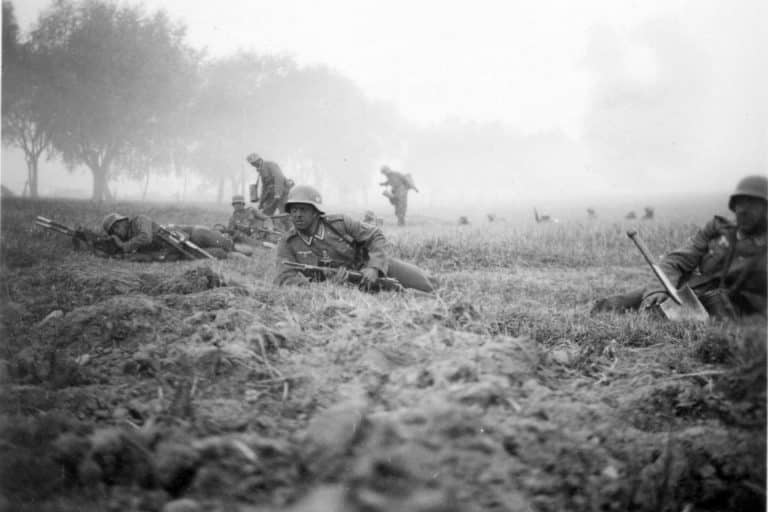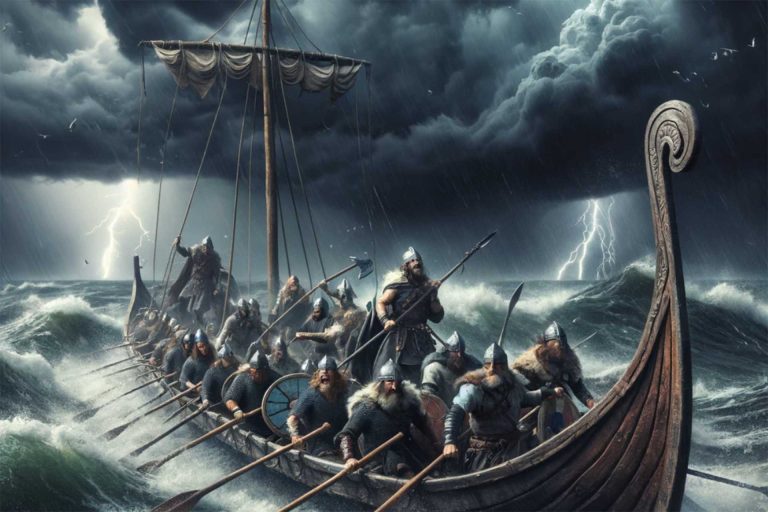The Lasting Lure of Prester John’s Promised Land
The tale of Prester John, a legendary Christian patriarch and the king said to rule over a vast and opulent kingdom, has captivated the imaginations of explorers, scholars, and dreamers for centuries. This enigmatic figure, whose realm was rumored to be awash with untold riches and marvels beyond the comprehension of the outside world, represented a beacon of hope and curiosity in the medieval mind.
The quest to uncover Prester John’s domain spurred numerous expeditions, weaving the myth deeply into the fabric of medieval exploration and cultural exchange. Despite the passage of time, the allure of Prester John’s promised land continues to inspire tales of adventure and the eternal human yearning for discovery.
Origins of the Prester John Myth

The enigmatic tale of Prester John, a wealthy Christian king ruling a utopian realm filled with unimaginable riches, has captivated Europe’s imagination since the Middle Ages. Though the precise inception of this legend remains veiled in mystery, its most formal introduction to the Western world is traced back to a letter received by the Byzantine Emperor Manuel I Komnenos in 1165.
Proclaimed to be from “John, Christian Sovereign and Lord of Lords,” the letter detailed the monarch’s opulent domain in Central Asia, described as a palace of gems and gold, extending his reign from Persia to China. This fantastical kingdom, where earthly desires met their fulfillment amidst affluence, entrenched the myth of Prester John into the dreams of many.
Intriguingly, the myth borrowed elements from earlier narratives about the East and the travels of Westerners there. Among these were tales of Saint Thomas the Apostle’s evangelism in India, particularly as depicted in the third-century “Acts of Thomas.” This work painted India as a land of exotic marvels. It introduced the notion of a Christian community founded by Saint Thomas, reinforcing the Western perception of India as a possible location for Prester John’s kingdom.
Similarly, the expansive reach of the Church of the East, known for its missionary endeavors among Central Asian Mongols and Turks, provided a plausible Christian backdrop for the legend. The connection to the Kerait clan, which converted en masse to Christianity around 1000 AD and adopted Christian names, further nourished the legend’s roots.
Moreover, the narrative may also draw upon John the Presbyter of Syria, an early Christian figure mentioned by Eusebius of Caesarea. Although only tenuously linked to the Prester John legend by name, this early presbyter (a term from which the title “Prester” derives, meaning “elder” in Greek) adds another layer to the myth’s complex origins. The amalgamation of these historical, religious, and cultural strands weaves a compelling tapestry behind the enduring allure of the fabled realm.
Prester John and the Mongol Connection
In the early 13th century, the legend of Prester John found an unexpected ally in the burgeoning Mongol Empire. Bishop Jacques de Vitry of Acre, freshly returned from the Fifth Crusade, brought intriguing news of King David of India, purportedly a descendant of Prester John, who had embarked on a formidable campaign against the Saracens.
This monarch, victorious in Persia and advancing towards Baghdad, was heralded as the redeemer who would reclaim and restore Jerusalem. However, the “King David” in question was none other than Genghis Khan, the Mongol overlord, revealing a surprising twist to this narrative.
The Mongol Empire’s expansion facilitated unprecedented Western exploration of the East, inspiring a plethora of Christian envoys and missionaries to traverse the empire’s vast and secure roads. Among them were notable figures like Giovanni da Pian del Carpine and William of Rubruck, who sought to uncover the existence of a lost Christian kingdom or forge alliances capable of saving the Crusader states. This period also witnessed the gradual intertwining of Prester John’s myth with the Mongol legacy, notably associating Prester John with Genghis Khan’s foster father, Toghrul, king of the Keraites.

Despite the initial conflation of Prester John with Mongol figures, the legend underwent significant transformation as explorers and chroniclers like Marco Polo and Jean de Joinville began to depict Prester John as a mortal ruler embroiled in earthly conflicts rather than an otherworldly sovereign. The legendary war between Prester John and Genghis Khan, culminating in Prester John’s defeat, served to humanize the myth, grounding it in historical conflicts yet distancing it from its fantastical roots.
As the Mongol Empire waned, so did the belief in Prester John’s existence as a Central Asian monarch, with subsequent narratives relocating his kingdom to more mythical and distant lands, far removed from the realities of Mongol conquest. This evolution of the myth, from a Christian sovereign’s promised aid to a historical footnote in the chronicles of the Mongol conquests, illustrates the complex interplay between myth, history, and the aspirations of medieval Christendom.
As the search for Prester John shifted away from the steppes of Central Asia to the realms of fantasy, the legend persisted as a symbol of the unending quest for a Christian utopia amidst the tumult of the medieval world.
From Asian Myth to Ethiopian Reality
The legend of Prester John initially enshrouded in the mysteries of Asia, found a surprising redirect towards Ethiopia, which was entangled with its Christian kingdom’s narrative. The medieval Europeans’ grasp of geography was nebulous, especially concerning “India,” often conceptualized broadly to include Ethiopia among the “Three Indias.” This geographical ambiguity, combined with Ethiopia’s established yet sporadically contacted Christian realm, paved the way for associating Prester John with Ethiopia. This reorientation in the collective European psyche, hinting at Ethiopia’s link to the unexistant kingdom, arguably crystallized around 1250, despite earlier associations predominantly casting it in an Asian context.
Marco Polo’s recounting of Ethiopia as a formidable Christian dominion and the Orthodox Christian anticipation of an Ethiopian crusade against Arabia did little to explicitly connect the fabled ruler to Ethiopia initially. However, the 1306 European visit by Ethiopian ambassadors under Emperor Wedem Arad, recognizing Prester John as their patriarch, marked a significant pivot. Further cementing this association were the travels of Jordanus, a Dominican missionary, who by 1329 relayed tales of an African Prester John, embellishing his kingdom’s exotic allure and situating it firmly within the “Third India.”
The shift towards an African setting for Prester John’s legend gained momentum with expanding European-African ties, notably through the 1428 negotiations between the Kings of Aragon and Ethiopia. The quest for Prester John underpinned early European explorations, notably Pêro da Covilhã’s 1487 mission to Ethiopia, which, while initially aimed at discovering a sea route to India, also sought to verify Prester John’s existence. This blend of exploration and diplomacy, fueled by the quest for allies against Muslim advances, intensified contacts between Europe and Ethiopia. This culminated in Ambassador Mateus’s mission to Portugal in 1507 and the European discovery of Ethiopia’s Christian monarchy.
By 1520, with diplomatic channels between Emperor Lebna Dengel of Ethiopia and Portugal open, Europe had firmly labeled Ethiopia’s monarch as Prester John, a title foreign and unclaimed within Ethiopian regnal nomenclature. Despite its deep entrenchment in European lore, Ethiopian rulers and their people remained largely oblivious to their assigned role in the saga until European navigational advances brought them directly into contact. This adaptation of the legend to fit Ethiopia mirrors its earlier projections onto Central Asia, underscoring a persistent European penchant for mythologizing distant Christian kingships in the face of Islamic ascendancy.

Fading Legend, Enduring Influence
By the 17th century, figures like German orientalist Hiob Ludolf had clarified that Prester John bore no genuine connection to Ethiopian kings, bringing an era of vigorous search to a quiet close. Yet, the allure of Prester John had already etched a profound impact on history, spurring centuries of European exploration, scholarly pursuit, and the fantastical dreams of treasure seekers. This myth, albeit disproven, had encouraged a wave of exploratory and missionary zeal, with direct and indirect consequences shaping global history’s contours.
Even as the active search waned, the legend of Prester John continued to inspire literature and art well into the modern era. Shakespeare’s reference to Prester John in “Much Ado About Nothing” and John Buchan’s 1910 novel “Prester John,” set against the backdrop of a Zulu uprising in South Africa, testify to the myth’s enduring grip on the creative imagination. Buchan’s work, in particular, is a quintessential example of early 20th-century adventure novels, capturing the zeitgeist of its time.
The legacy of Prester John persisted throughout the 20th century, finding its way into pulp fiction, comics, and novels. Marvel Comics and DC Comics incorporated Prester John into their stories, blending historical myth with fantastical elements. Charles Williams and Umberto Eco further explored the myth in literature, each offering unique interpretations that underscored the blend of reality and fiction the legend had come to represent. Prester John continued to live on through these and other creative works, symbolizing humanity’s quest for knowledge, adventure, and the eternal allure of the unknown.







